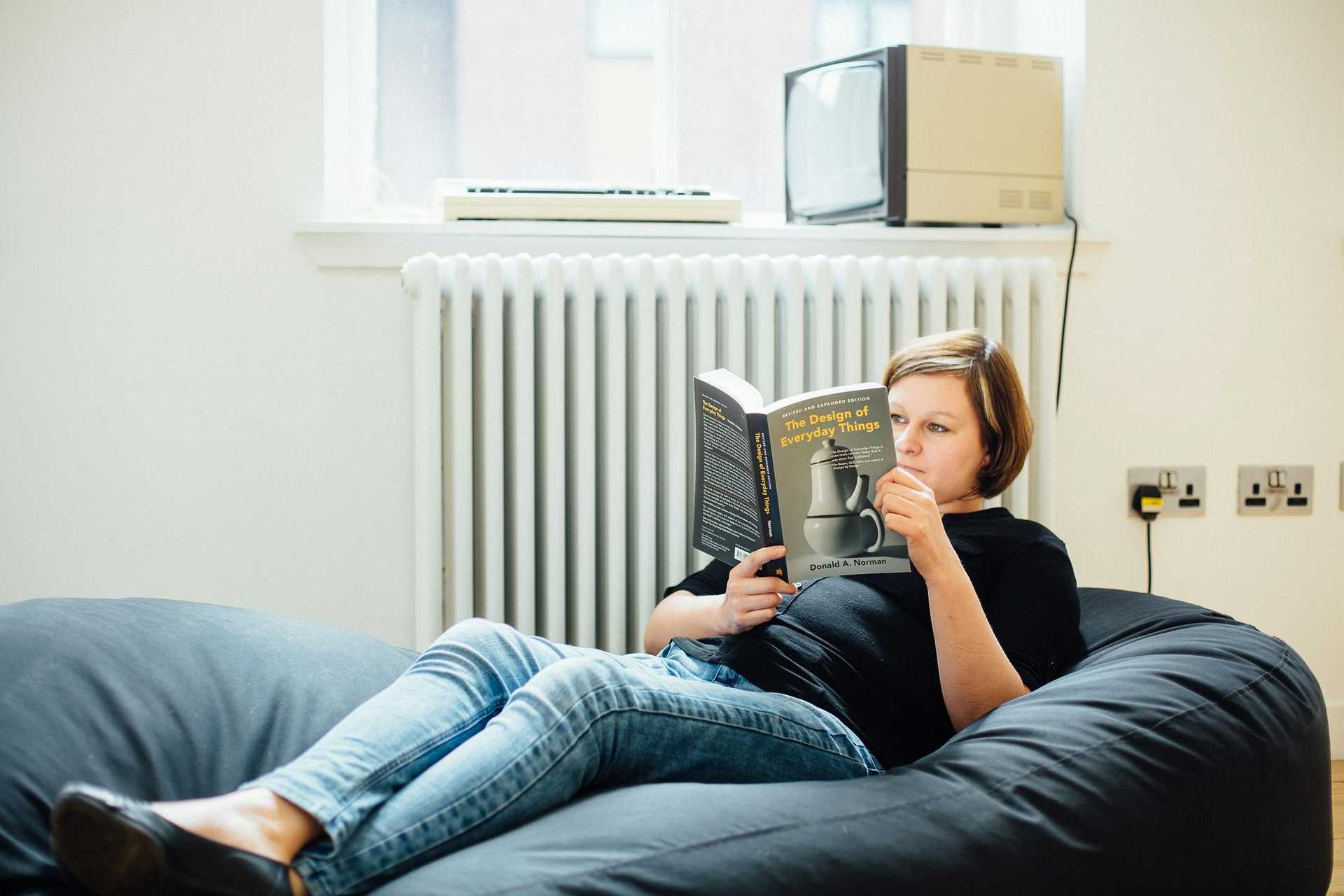How to switch off at the end of the working day
Working too many hours leads to diminishing returns. It impacts both your business and your health. In the long run, it’s simply not sustainable.
Jamie McHale | Thursday September 27th 2018

Listen to this post
Late nights. Lost weekends. Relationship strains. Ruminating on work. Stress piling up.
Recognise this?
As a freelancer or entrepreneur, this might be day-to-day life.
I have worked as a freelancer and company founder for over eight years. Switching off at the end of the day wasn’t always a top priority — but now I see it as key to long-term growth and prosperity. Working too many hours leads to diminishing returns. It impacts both your business and your health. In the long run, it’s simply not sustainable.
Rest to give yourself mental space to let your ideas grow; figure out problems, and to give your brain and body a break.
Rest to develop other interests and maintain relationships with friends and loved ones.
So what can you do to switch off at the end of the day?
Build a focused work system
The first step is to build a work system that you can trust. Capture your thoughts, tasks and worries when they arise. Get them out of your head, and into your system. Stop beating yourself up about not getting work done in the immediate moment. Be clear with yourself that the important stuff will get done in the future.
After-hours work and worry come from the feeling that working hours have been wasted with procrastination, and a lack of focus.
Start with small steps, and cultivate focus. Good advice on how to set this sort of system up comes from the Getting Things Done system by David Allen and in Deep Work by Cal Newport. Whether you use paper, digital, a notebook or an app, knowing that you can capture a thought, then take action on it later gives you the confidence to let go and rest.
Manage your notifications
Step two is to clear up your digital notifications, making it easier for you to switch off when you are done with work.
Email, LinkedIn, Twitter, Instagram. Notifications demand your attention. By accepting them, you have handed control of your work over to an app. Use Do Not Disturb mode on your phone. Try it now! Turn off notifications from work-related apps (do you need them on your phone if you are notified on your laptop?).
Move work-related apps to their own folder on your mobile home screen. This adds an obstacle to discourage mindless opening and browsing.
Set up a work environment
The third step is to set up your physical environment so that once you stop work you can step away and start relaxing.
If you work from home, even occasionally, you should set up a specific work area.
For example, I have a desk in the corner of my living room. If I’m sitting at my desk I’m working, and if I’m not working then I’m not sitting at my desk. If my mind wanders, and I take a break for a few minutes then I stand up and move away from the work zone. No moving to the sofa; and especially no laptops or work in bed.
Make the delineation between work-space and rest-space clear — this helps you cultivate focus when you are working, and relax when you are not.
Build rituals
The final step is to start ritualizing the start and end of the working day. A ritual helps make it clear to yourself when work begins, and when it ends.
At the start of the day, turn on the notifications and apps that you need. Settle down at your desk. Create an order for these activities. Play music, make a coffee. These things act as triggers to switch into focused work-mode.
At the end of the day, cross things off your to-do list, jot down notes for the next day, quit your work apps, stand up and stretch, close your books and laptop, have a glass of water, do a little dance. Whatever works for you to mark the occasion.
Even if you plan to continue using your laptop, having a ritual to close it down from work-mode helps build the separation between your work and rest.
Implement these steps, and you’ll be well on your way to being able to switch off at the end of the day.
If you have any other suggestions or examples then please do tweet them to me.
Jamie McHale is a freelance consultant and developer, based in Edinburgh, Scotland. He maintains solomentalhealth.com — a resource for solo, freelance and remote workers.